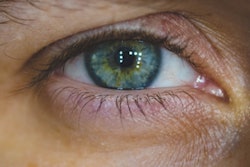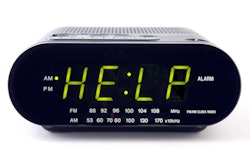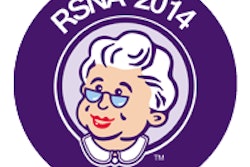Interrupting radiologists as they examined medical images significantly increased the amount of time they spent on cases but did not decrease diagnostic accuracy, according to research published online March 2 in the Journal of Medical Imaging.
Researchers at the University of Utah recruited radiologists who had previous experience monitoring phone calls during a shift in which they had to evaluate medical images from patients. They tasked the 34 participants with reading CT scans for a series of complex cases at a modified workstation in less than 50 minutes. While reading, each radiologist took an interrupting telephone call that included a prerecorded message from a physician requesting that the radiologist look at a different patient's case.
Collectively, the diagnostic accuracy of the radiology reports did not decrease after interruption. However, on average, the radiologists spent several more minutes on interrupted cases than they did on noninterrupted cases. What's more, eye-tracking glasses incorporated into the workstation revealed that the radiologists looked at the dictation screen for a longer amount of time after being interrupted and spent less time looking at the medical images.
"That suggests they had to recollect what they looked at and the dictation screen helped them do that," first author Trafton Drew, PhD, said in a press release from the university. "Given that radiologists spend about 10 minutes on a complex case, we think this could be a big problem in the aggregate. They can go back to what they were doing but there is a significant cost there in terms of time. If we could do something to reduce the interruptions it could really help radiologists out."



















